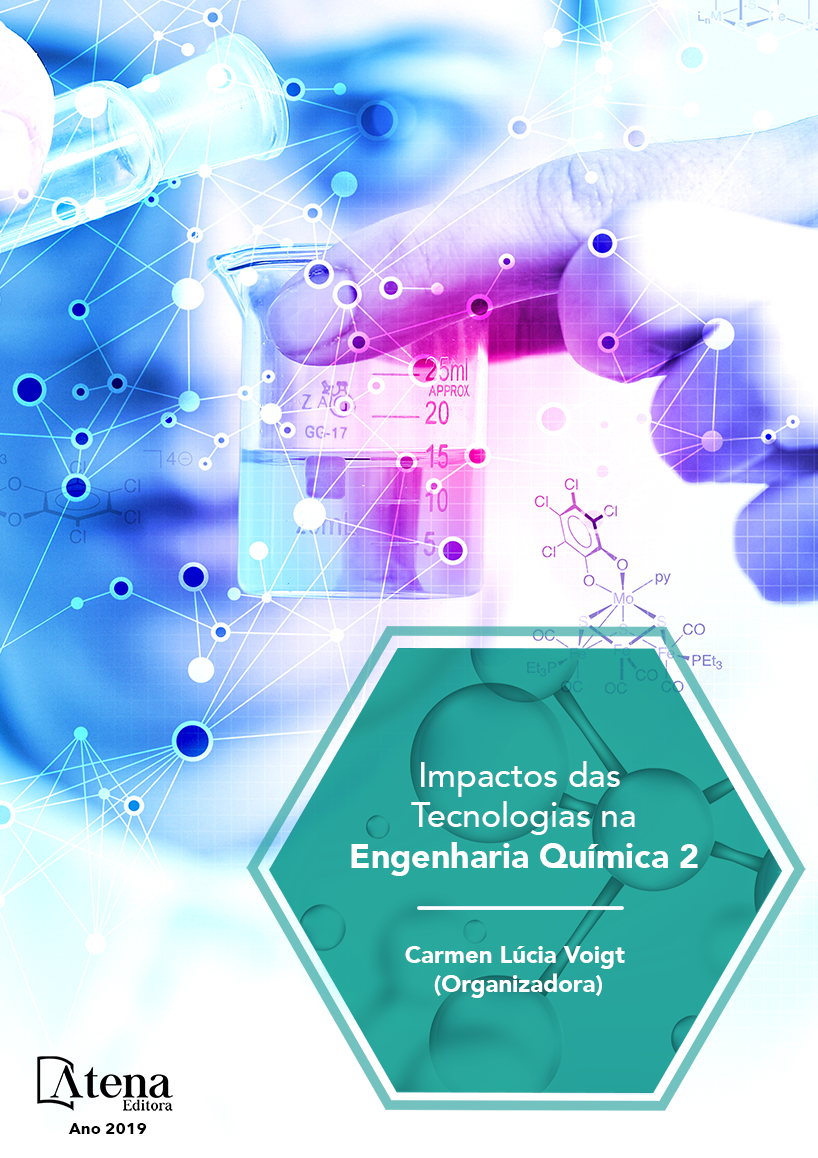
OTIMIZAÇÃO DO PROCESSO DE HIDRÓLISE ENZIMÁTICA DE VÍSCERAS DE FRANGO PARA OBTENÇÃO DE HIDROLISADOS PROTEICOS
A adição de enzimas para
hidrolisar as proteínas das vísceras do frango
é um processo que consegue modificar as
propriedades físico-químicas, funcionais e
sensoriais das proteínas iniciais sem prejudicar
o seu valor nutritivo. Com base neste conceito
realizou-se o processo de hidrólise enzimática
de vísceras de frango a fim de obter-se um caldo
rico em nutrientes sendo este componente
essencial para uma boa nutrição animal. A
hidrólise de óleos e gorduras é um processo
que permite a obtenção de ácidos graxos com
alto valor energético. A determinação da lipase
presente na mistura enzimática foi realizada
utilizando-se eletroforese em gel de dodecil
sulfato de sódio-poliacrilamida (SDS-PAGE)
e encontrou lipases com um peso molecular
de aproximadamente 34 kDa. Durante o
procedimento variou-se quatro parâmetros
fundamentais para a atividade enzimática da
lipase sendo estes: tempo 1, 3, 5 e 7 minutos,
temperatura entre 27°C, 37°C e 47°C, pH 6, 7
e 8, e razão enzima substrato 5, 10 e 15 mg/
mL para encontrar os melhores parâmetros
que satisfazem a atividade enzimática, os
quais foram 1 min, 37 °C, pH 7, razão enzima/
substrato 5 mg/mL obtendo 9,8 U/mg, como
variável resposta. Também foi comparado o
grau de proteína bruta e da proteína hidrolisada
obtendo respectivamente 39,9% e 26,8%,
determinando assim o grau de hidrólise de
67,2%.
OTIMIZAÇÃO DO PROCESSO DE HIDRÓLISE ENZIMÁTICA DE VÍSCERAS DE FRANGO PARA OBTENÇÃO DE HIDROLISADOS PROTEICOS
-
DOI: 10.22533/at.ed.3641903042
-
Palavras-chave: hidrólise enzimática, resíduo industrial, mistura enzimática, nutrição animal.
-
Keywords: enzymatic hydrolysis, industrial residue, enzymatic mixture, animal nutrition.
-
Abstract:
The addition of enzymes to
hydrolyze proteins of the chicken gut is a
process that can modify the physical-chemical,
functional and sensorial properties of the initial
proteins without impairing their nutritive value.
Based on this concept the enzymatic hydrolysis
process of chicken viscera was carried out in
order to obtain a broth rich in nutrients being this
essential component for good animal nutrition.
The hydrolysis of oils and fats is a process that
allows the production of fatty acids with high
energy value. The lipase present in the enzyme mixture was determined using sodium
dodecyl sulfate-polyacrylamide gel electrophoresis (SDS-PAGE) and found lipases with
a molecular weight of approximately 34 kDa. During the procedure four fundamental
parameters for the enzymatic activity of lipase were varied: time 1, 3, 5 and 7 minutes,
temperature between 27 ° C, 37 ° C and 47 ° C, pH 6, 7 and 8 , and enzyme substrate
ratio 5, 10 and 15 mg / mL to find the best parameters that satisfy the enzymatic activity,
which were 1 min, 37 ° C, pH 7, enzyme / substrate ratio 5 mg / mL, obtaining 9.8 U
/ mg as response variable. The degree of crude protein and hydrolyzed protein was
also obtained, obtaining respectively 39.9% and 26.8%, thus determining the degree
of hydrolysis of 67.2%.
-
Número de páginas: 15
- Tatiane Francini Knaul
- Schaline Winck Alberti
- Ana María Vélez
- Ana Maria Vélez Escallón


